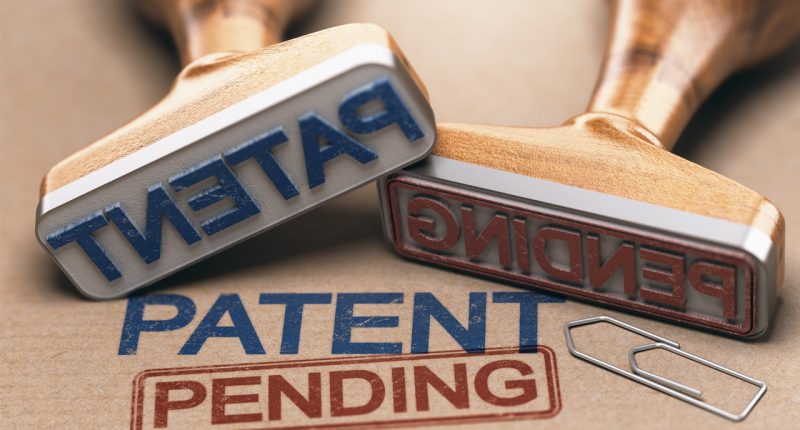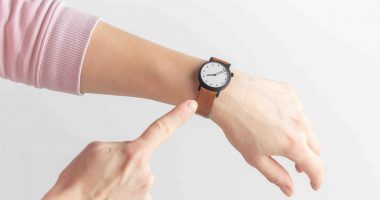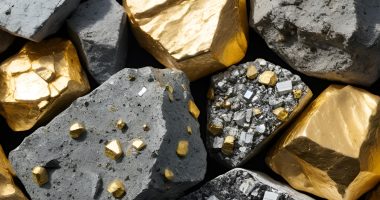- The World Intellectual Property Organisation, or WIPO, has published two of Lithium Australia’s (ASX:LIT) patent applications
- Publication of the application is the fourth of seven step to being granted a patent
- The two applications are for details relation to the recovery of lithium phosphate and lithium sulphate
- The process is designed to reduce the steps needed to produce battery cathode powders
- If grated, the patent will provide legal protection for the process in international jurisdictions
- Shares in Lithium Australia closed 25.8 per cent higher, worth 7.8 cents apiece at market close
The World Intellectual Property Organisation (WIPO) has published two of Lithium Australia’s (LIT) patent applications.
This is the fourth of seven steps in the process to being granted a patent by the International Bureau of WIPO. These patents provide intellectual property right protection in jurisdictions under WIPO’s governance.
Both applications, PCT/AU2019/050540 and PCT/AU2019/050541, relate to the recovery of lithium phosphate from lithium-bearing silicates and solutions.
The first, PCT/AU2019/050540, is described by Lithium Australia as a “process for recovering lithium phosphate and lithium sulphate from a lithium-bearing solution such as brine or pregnant process liquor.”
The second, PCT/AU2019/050541, is explained by the company as “a process for recovering lithium phosphate and lithium sulphate from lithium-bearing silicates following the application of a fluoride-accelerated acid leach.”
The recovered lithium phosphate is then able to be used for the production of lithium-ferro-phosphate. This is used in the production of battery cathode powder.
According to Lithium Australia, the technology in the application has the potential to reduce the environmental footprint of the lithium-ion battery sectors.
“The company has succeeded in developing technologies that improve the sustainability of, and reduce the environmental impacts associated with, the manufacture, use and disposal of lithium-ion batteries,” said Managing Director Adrian Griffin.
“These technologies can facilitate vertical integration within the battery supply chain, potentially reducing the number of process steps involved and lowering costs for consumers. The ability to integrate metal recovery from lithium-ion batteries and regenerate cathode materials represents a major advance for the battery industry as a whole,” he added.
The full patent application process can take several years before a patent is granted.
Shares in Lithium Australia closed 25.8 per cent higher, worth 7.8 cents apiece at market close.







